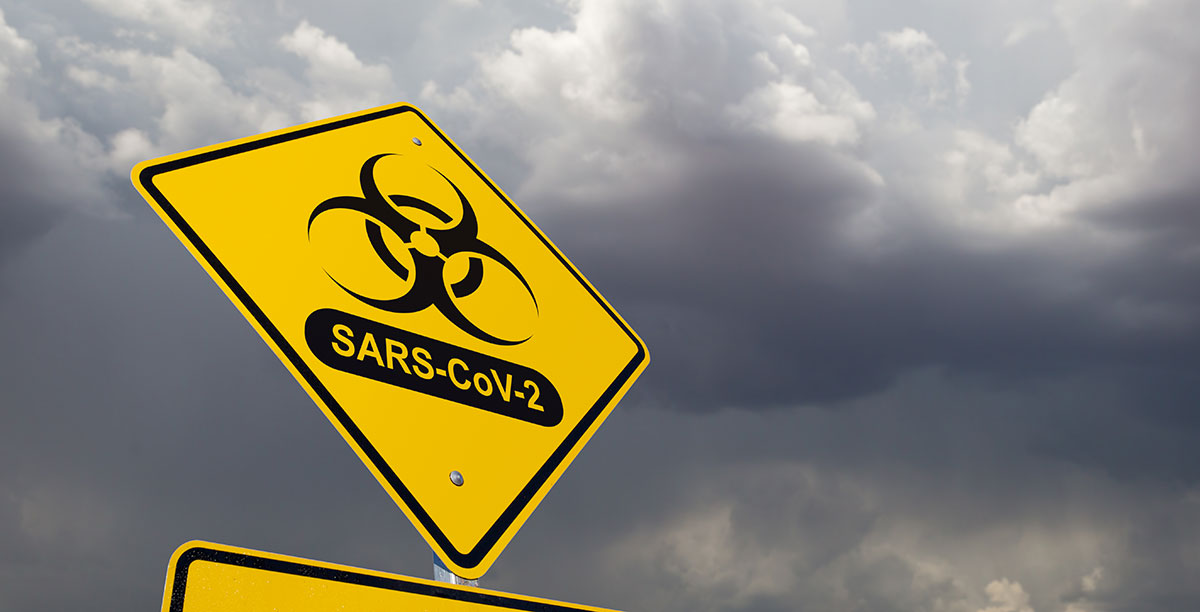Much of the United States is on “pause” indefinitely as a result of the COVID-19 pandemic, but unfortunately, severe weather won’t take a timeout for a viral outbreak. With seasonal spikes in perilous weather on the horizon, government leaders at all levels are grappling with how the pandemic could potentially compound the problems natural disasters present.
Though severe winter weather, which is most common from late fall to early spring, will soon be in the rearview mirror, here’s a peek at what’s around the bend: U.S. tornado formation typically peaks in the April to June timeframe. The official U.S. hurricane season is June 1 to November 31. And wildfires are most common from June to September. The warming temperatures stand to present layers of problems for public officials.
Federal Preparations
The Federal Emergency Management Agency (FEMA) and The Red Cross are already strategizing how to prevent disaster response shelters from spreading COVID-19 among evacuees, according to The New York Times. FEMA, which is already deployed at its highest level in the battle against COVID-19, is exploring options such as housing natural disaster victims in hotels. Meanwhile, The Red Cross is implementing measures such as temperature-taking at shelter entrances and cots spaced six feet apart.
And these measures can’t be implemented too soon. The New York Times article states:
“… the National Oceanic and Atmospheric Administration issued data predicting widespread flooding between now and the end of May, with major or moderate floods in 23 states. California has already been hit by nine wildfires this year; the National Interagency Fire Center reported 11 new large fires around the country this week alone.”
Communities Assess Competing Dangers
Officials in several states are weighing the risks of tornadoes against COVID-19 when determining whether to open community tornado shelters. The state of Alabama concluded that protection from a potential tornado should take precedent, reported The Washington Post. But some areas, such as Bradley County, Tenn., and Newcastle, Okla., elected not to open tornado shelters in an effort to comply with social distancing mandates. These difficult decisions aren’t a one-size-fits-all for every community or individual, say experts. But planning ahead is critical.
Emergency personnel in Broome County, N.Y., reminded citizens not to forget about severe weather preparedness in the midst of the COVID-19 crisis. “Make sure you have a weather preparedness kit. We all certainly have enough supplies right now, but make sure you set some stuff aside. Batteries, different food items, medical equipment, just in case severe weather does strike,” wrote Damon Matson of WBNG.com.
Safety at COVID-19 Testing Sites
Drive-through COVID-19 testing sites are popping up throughout the country. But as one Missouri-based meteorologist pointed out, the canopy tents many of these sites use for shelter are transparent to lightning. Andy Bailey, a meteorologist with the National Weather Service in Pleasant Hill, Mo., emphasized the need for outdoor testing sites to develop evacuation procedures and contingency plans. Strategic planning when determining future testing site locations and advanced weather alerts will be essential to keeping sites operational and personnel safe.
Though perils presented by warmer weather might further complicate an already exponential public health crisis, some researchers are hopeful higher temperatures might also decrease COVID-19 transmission. Read more here about the possible connections between weather and COVID-19, and about Weather Source’s efforts to help inform further research on this topic.



